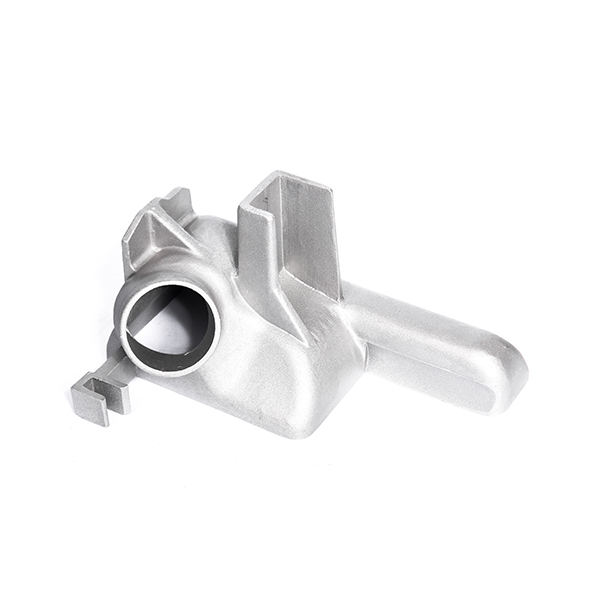Mobile:+86-311-808-126-83
Email:info@ydcastings.com
Jan. . 09, 2025 11:20
Back to list
Water Pump Impeller Guide Enhance Performance
When evaluating the efficiency and functionality of a water pump impeller, it’s crucial to recognize the pivotal role it plays in fluid dynamics and machinery performance. Water pump impellers are more than mere spinning components; they are the heartbeat of any fluid transfer system, dictating the flow rate, pressure, and overall efficiency of pumps. Understanding the nuances of impeller design and operating principles is vital for any industry professional seeking to optimize performance and reliability.
In real-world applications, the performance of a water pump impeller is subject to various operating conditions, including the type of fluid, temperature, and pressure. Routine maintenance and inspection are imperative to prevent wear and inefficiencies caused by abrasion, corrosion, or cavitation. Cavitation, a potentially damaging phenomenon characterized by the formation of vapor bubbles within the fluid, occurs when the impeller operates outside its optimal range, underscoring the importance of precise installation and operating according to manufacturer specifications. Selection of a suitable impeller is integral to enhancing system longevity and maintaining operational efficiency. Professionals often conduct a thorough analysis of system requirements and consult with experts or manufacturers to ensure compatibility and reliability. Experienced engineers may employ computational fluid dynamics (CFD) software for advanced modeling, enabling them to predict performance under various scenarios and fine-tune designs before physical manufacturing or installation. Moreover, emerging technologies and advancements in materials and design methodologies continue to evolve the landscape of water pump impellers. Innovations such as 3D printing and advanced composite materials promise greater customization and performance enhancements, potentially revolutionizing the industry by reducing costs and improving adaptability to complex systems. Ultimately, the water pump impeller remains a fundamental component at the convergence of engineering innovation and practical application. Its influence spans numerous industries, from agriculture and construction to wastewater management and petrochemicals. By understanding the intricate relationship between impeller design, material science, and system dynamics, professionals can leverage this knowledge to yield efficient, reliable, and cost-effective fluid management solutions, underpinning the success of countless industrial operations worldwide.


In real-world applications, the performance of a water pump impeller is subject to various operating conditions, including the type of fluid, temperature, and pressure. Routine maintenance and inspection are imperative to prevent wear and inefficiencies caused by abrasion, corrosion, or cavitation. Cavitation, a potentially damaging phenomenon characterized by the formation of vapor bubbles within the fluid, occurs when the impeller operates outside its optimal range, underscoring the importance of precise installation and operating according to manufacturer specifications. Selection of a suitable impeller is integral to enhancing system longevity and maintaining operational efficiency. Professionals often conduct a thorough analysis of system requirements and consult with experts or manufacturers to ensure compatibility and reliability. Experienced engineers may employ computational fluid dynamics (CFD) software for advanced modeling, enabling them to predict performance under various scenarios and fine-tune designs before physical manufacturing or installation. Moreover, emerging technologies and advancements in materials and design methodologies continue to evolve the landscape of water pump impellers. Innovations such as 3D printing and advanced composite materials promise greater customization and performance enhancements, potentially revolutionizing the industry by reducing costs and improving adaptability to complex systems. Ultimately, the water pump impeller remains a fundamental component at the convergence of engineering innovation and practical application. Its influence spans numerous industries, from agriculture and construction to wastewater management and petrochemicals. By understanding the intricate relationship between impeller design, material science, and system dynamics, professionals can leverage this knowledge to yield efficient, reliable, and cost-effective fluid management solutions, underpinning the success of countless industrial operations worldwide.
Latest news
-
Why Should You Invest in Superior Pump Castings for Your Equipment?NewsJun.09,2025
-
Unlock Performance Potential with Stainless Impellers and Aluminum End CapsNewsJun.09,2025
-
Revolutionize Your Machinery with Superior Cast Iron and Aluminum ComponentsNewsJun.09,2025
-
Revolutionize Fluid Dynamics with Premium Pump ComponentsNewsJun.09,2025
-
Optimizing Industrial Systems with Essential Valve ComponentsNewsJun.09,2025
-
Elevate Grid Efficiency with High-Precision Power CastingsNewsJun.09,2025
Related PRODUCTS











